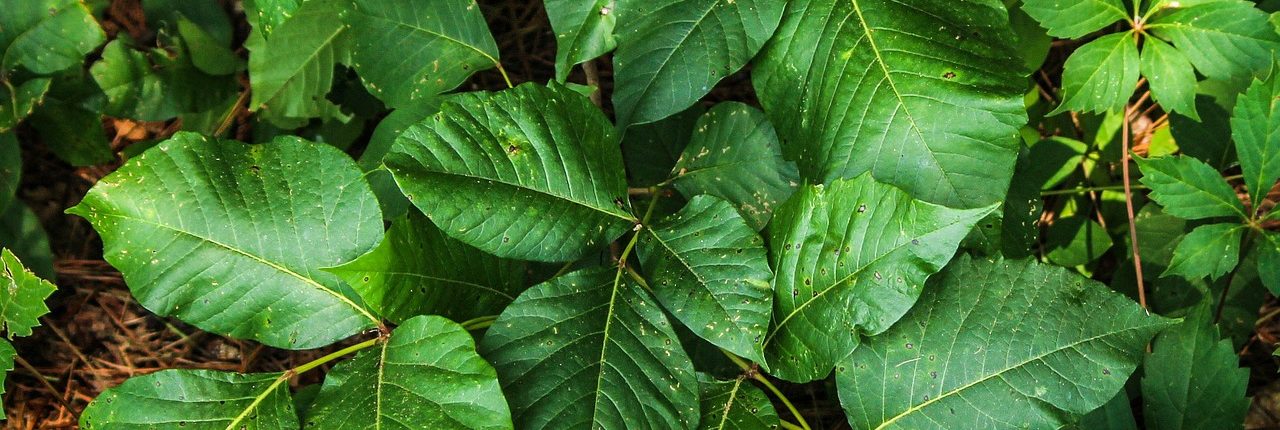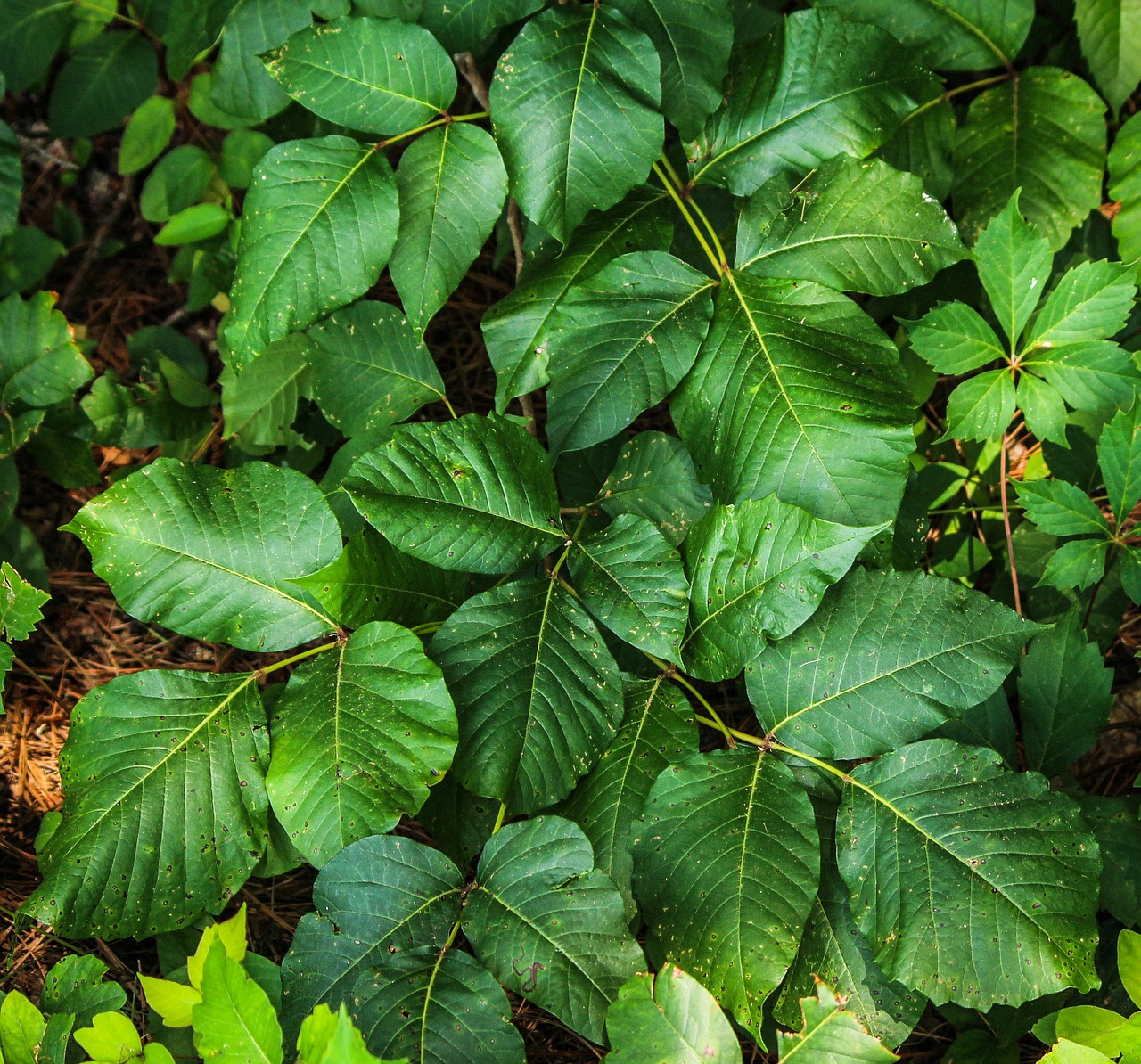Do you know what poison ivy, poison oak, and poison sumac leaves look like? If you’ve never had a rash from these plants, consider yourself lucky – some people develop symptoms so severe it hinders their ability to work! Not only is it crucial to know what poisonous plants look like, it’s also important to know how they harm humans and what you can do to protect yourself.
Poison ivy, poison oak, and poison sumac all release an oil called urushiol when the leaf or other plant parts are bruised, damaged, or burned. If this oil comes in contact with your skin, it causes an allergic reaction; for most people, this means an itchy red rash with bumps or blisters.
Fortunately, there are simple ways to protect yourself from these poisonous plants. If you’ll be working or walking/hiking in an area where these plants may grow, wear long sleeves, long pants, and boots. Wear gloves if you’ll be using your hands, and make sure to clean gardening tools with rubbing alcohol or dishwashing soap and water after you’re finished using them. It’s also extremely important to not burn plants or brush piles that may contain poison ivy, poison oak, or poison sumac, as inhaling smoke from these burning plants can cause severe allergic respiratory problems.
If you think you’ve been exposed to any of these plants, immediately rinse your skin with rubbing alcohol or dishwashing soap and lots of water. If you develop a rash, apply wet compresses, calamine lotion, or hydrocortisone cream to the skin to reduce itching and blistering. Severe cases of poison ivy may need to be treated by a medical professional, and if you have a severe allergic reaction such as swelling or difficulty breathing, call 911 or go to the emergency room.

